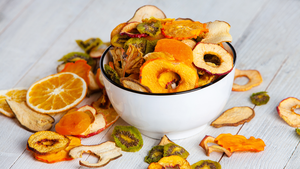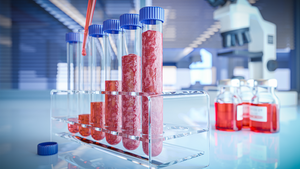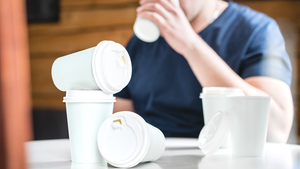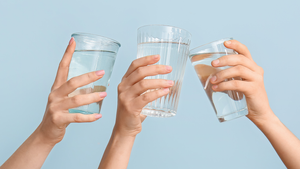Caffeine derivative paraxanthine promises energy without the side effects
Paraxanthine coffee offers an energy alternative for anyone who experiences adverse reactions to caffeine. The best part? It’s already deemed GRAS by FDA, with a growing body of evidence suggesting possible health benefits.
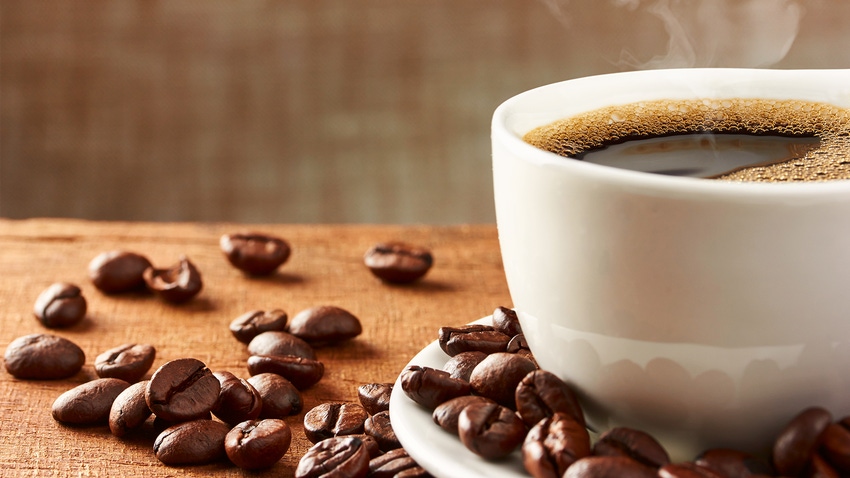
At a Glance
- Paraxanthine is a metabolite found in the bodies of humans and other animals after consuming caffeine.
- Paraxanthine may have a variety of beneficial properties, from improving sleep to reducing anxiety.
- Although paraxanthine is GRAS, more research needs to be done.
Caffeine is the most widely taken psychoactive drug in the world, with some research suggesting that up to 85% of U.S. adults consume it in some form daily. Given its benefits, which include promoting alertness and suppressing appetite, its popularity is self-explanatory. Caffeine hypersensitivity affects many people, however, and we may get more sensitive as we age.
“I’m relatively caffeine sensitive,” Jeffrey Dietrich, CEO and co-founder of Rarebird Coffee, said. “I can have [one] cup of traditional caffeinated coffee and I’m fine, but after that, I start to get that jittery, wired feeling in a very negative way. And about half the population experiences those negative side effects with caffeine. I tried every different type of coffee alternative out there … nothing really works unless you have caffeine in it.”
Nothing works aside from paraxanthine, that is. Paraxanthine is a caffeine metabolite, or a molecule resulting from metabolism, found in humans and other animals. It’s a derivative of caffeine produced by enzymes in the liver, which Rarebird has used to create a new kind of coffee, known as Px Coffee.
Caffeine hypersensitivity
Caffeine affects everyone differently, but common symptoms of hypersensitivity (or simply over-indulging) include:
Anxiety
Dizziness
Headaches
Nausea
Rapid heartrate
Shakiness
Insomnia
Most sources, including FDA, recommend that healthy adults not consume more than 400 mg of caffeine each day, but individuals with hypersensitivity may experience negative side effects at much lower doses.
“Your body goes into a state where it wants to be very alert, very awake,” Dietrich explained. “The challenge is that nowadays we’re not being chased by saber-toothed tigers. We are sitting in front of computers. We have deadlines. We are overwhelmed by technology. It’s constant stimulus, stimulus, stimulus, and we get stressed out and anxious about all these things. Caffeine serves as a magnifying lens for stress.”
Setting paraxanthine apart
Dietrich claimed that caffeine triggers the body’s fight-or-flight response, while paraxanthine doesn’t, despite having a similar interaction with the brain’s adenosine receptors. Adenosine triggers drowsiness, but when a stimulant binds with those receptors instead, the nerve cells speed up rather than slow down.
“Everything you’re feeling from a cup of coffee or a soda or energy drink, that’s 100% the feeling of caffeine,” he said. “You never actually get to feel the paraxanthine … [which] doesn’t give you that anxious feeling. So, you’re going to be awake, you’re going to be alert, but you’re not going to have that burst of anxiety that caffeine can cause.
“The second thing that’s interesting about paraxanthine is that it metabolizes faster than caffeine,” he explained. “It has about a 25% shorter half-life, meaning that you can drink this coffee later in the day and it’s not going to affect your sleep quality the same way as caffeinated coffee.”
Aside from reducing anxiety and improving sleep, a growing body of evidence suggests that paraxanthine has comparable (or better) neuroprotective qualities to caffeine, in terms of preventing neurodegenerative diseases like Parkinson’s. It may also help with hypertension, but Dietrich emphasized that more research needs to be done into these possible benefits.
Safety first
Compared to caffeine, paraxanthine has a much higher oral LD50 or median lethal dose (in rodents, it’s 829 mg/kilogram of body weight for paraxanthine and 367 mg/kg for caffeine), along with a higher no observed adverse effect level (NOAEL) of 185 mg/kg for paraxanthine (150 mg/kg for caffeine). Despite paraxanthine being safer at higher doses, the FDA recommendation for daily intake of paraxanthine is reportedly 300 mg—100 mg lower than the agency’s recommendation for caffeine. Rarebird asserts this incongruity is due to paraxanthine’s shorter history of use.
Much of the current research suggests paraxanthine is a safe alternative to caffeine. One scientific study even found it increased muscle mass in mice. It also earned the self-affirmed GRAS (generally recognized as safe) designation from FDA. Nonetheless, it’s a central nervous system stimulant, meaning it’s not safe for children, and anyone who is pregnant or has a medical condition should consult a doctor before consumption.
What’s next for paraxanthine?
Although the best place to find natural paraxanthine is within the human body, Rarebird uses a synthetic process to manufacture the metabolite, after which it’s added to decaffeinated coffee. Something new, however, is already in the works.
“What we are working on is a process that’s biological,” Dietrich said. “This is funded by National Science Foundation using a technology called protein engineering for which the 2018 Nobel Prize was awarded. And we’re basically taking the exact same enzymes that the body would use to convert caffeine into the paraxanthine, and we’re doing that work for you. Not ready for primetime yet, still in the R&D stage, but that’s the technology we’re looking to take to market long-term.”
According to Ann Dunn Andracchio, chief business officer and co-founder at Rarebird, this new approach to energizing beverages could reshape the industry. Rarebird wants paraxanthine coffee to become “the third coffee” after traditional and decaf.
“Everywhere you’re drinking caffeine, we want paraxanthine to be there,” she said. “If we can show on a clinical basis that people’s sleep quality is improving, that blood pressure is not increasing and maybe even going down, that anxiety is not increasing and maybe even going down, then I think that opens us up to an even larger market than just those who are caffeine sensitive.”
Although Rarebird holds the patent for Px Coffee, it’s not the only company harnessing the power of paraxanthine. The metabolite is finding its way into other beverages as well, such as energy drinks like Update, which uses a branded version of paraxanthine called enfinity. Only time will tell whether these new beverages convert caffeine addicts by the droves—or simply carve out a comfortable niche.
About the Author(s)
You May Also Like


